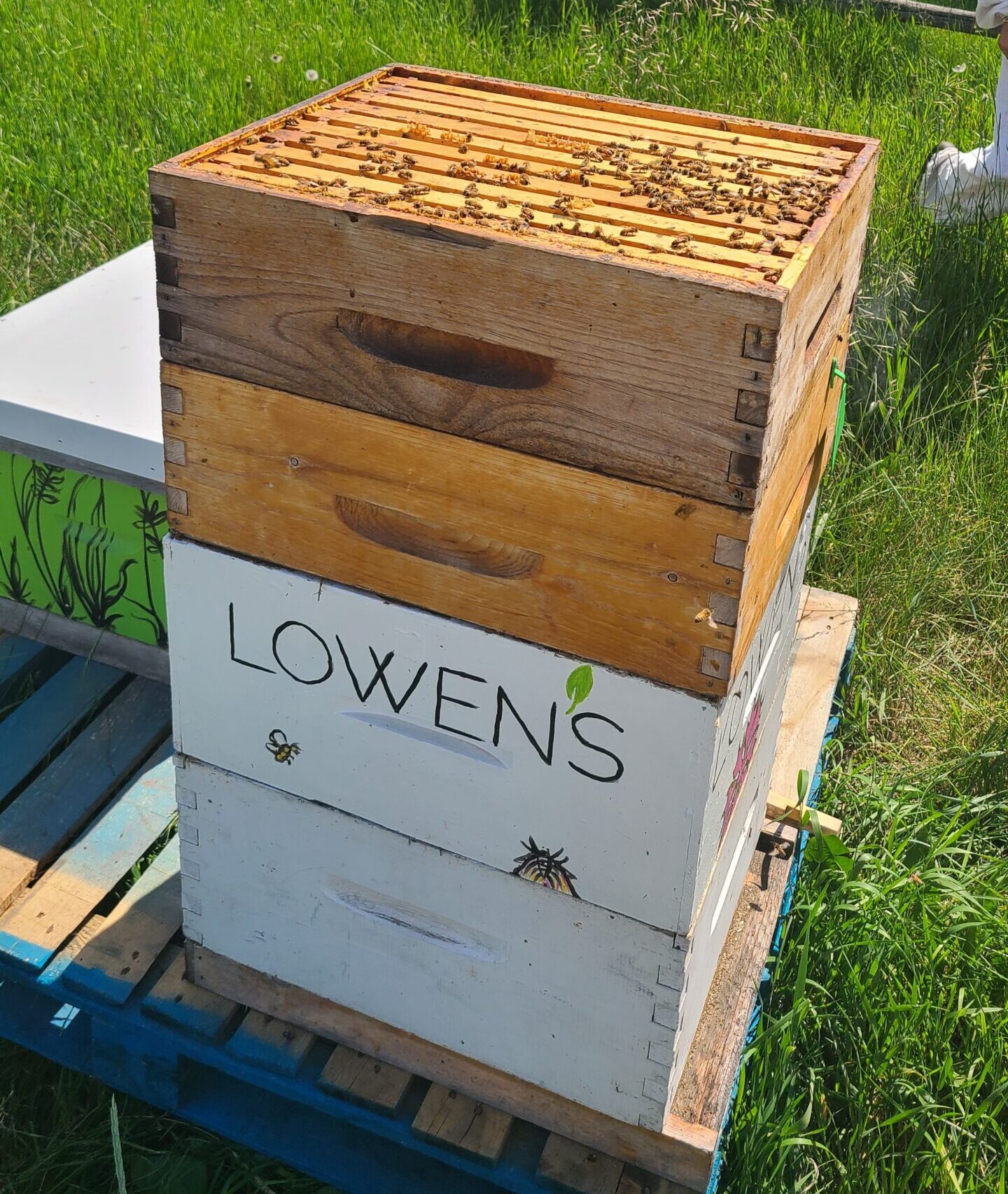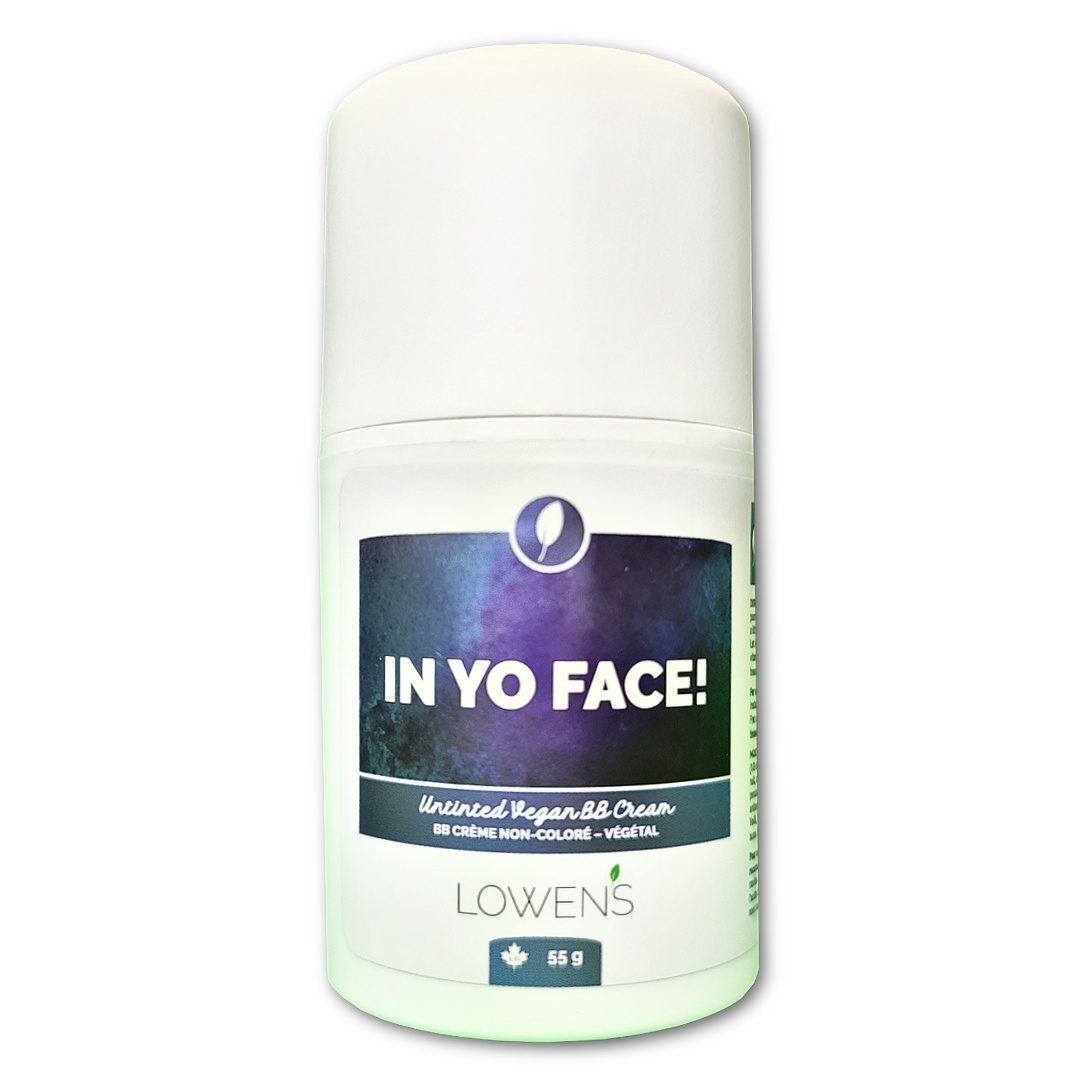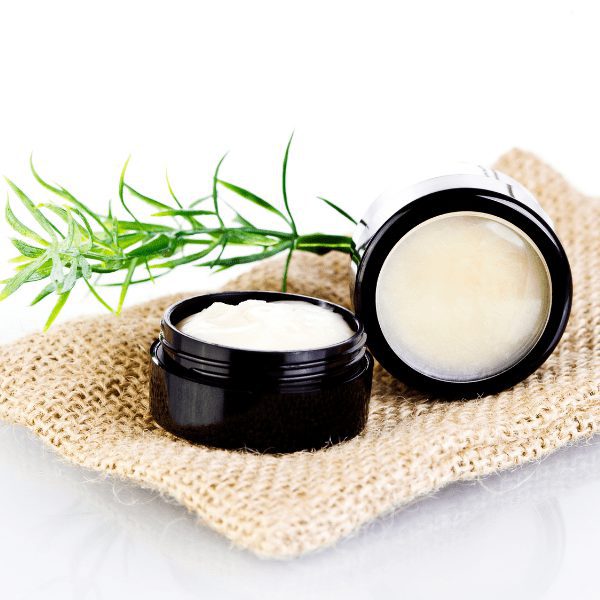Calgary, Alberta is known for its vibrant culture, stunning landscapes, and rich, western history. Nestled…

Hydresia – Benefits and Uses
Hydresia – Benefits and Uses:
If you’re like I was a couple days ago, right now you’re probably wondering… what exactly is Hydresia?
A quick search reveals a rather peculiar looking plant (really…see above image)! It’s from this fiery orange and yellow plant that Lowen’s has sourced an ingredient so beneficial for your skin, I had to learn more and share with you…

Where does Hydresia come from?
Hydresia is made from the oil of the safflower plant, which is an annual plant with thistle-like red, yellow and orange flowers.
The many uses:
It has been used for centuries in many different ways, including medicine, cooking, and dyeing.
Lately however, it has become known predominantly for its oil. Safflower oil is lower in saturated fat than olive oil, and it is sometimes also used in paint.
Another big use for safflower oil is for cosmetics. It doesn’t require a lot of water to grow, is a renewable, non-GMO crop, and has no allergens. This makes Hydresia a very useful, safe and sustainable cosmetic ingredient.
When the seed is gently deconstructed to extract the oil, it reveals the oleosome, which is an amazing emulsifier. It can be used in different personal care products to help deliver active ingredients. It also helps with stability, keeping products shelf-stable for a longer period of time.
How does it work?
Hydresia oleosomes are tiny spheres that when applied to the skin, start to dry out. This releases active ingredients, oil and Vitamin E. Some oleosomes stay together longer, resulting in a delayed response. This means that they deliver ingredients to the skin for a longer period of time.
What skincare products can Hydresia be used in?
So far, Hydresia has proven to have helped deliver oil, fragrance, vitamins and anti-aging ingredients in skincare. It’s also shown to be helpful for sunscreen, as the time-released oleosomes would improve the sunscreen’s duration on the skin.
Another benefit of safflower oleosomes is that they retain skin lipids. These form the barrier that keeps out dirt and holds in hydration. Irritating and harsh cleansers can strip this barrier, but Hydresia prevents the disruption, improving the retention of moisture.
Skin Ailments
Hydresia has been used in a number of solutions, including acne treatments, shaving cream, face scrubs and even sheer foundation. It gives products a silky feel and provides deep, natural moisture. Definitely best in products that stay on the skin, such as creams and make-up, its delayed-release moisture means your skin will feel smoother and more hydrated for longer than conventional products.
Soft Lips!
These oleosomes can also be used in things such as lip products. A lot of people suffer from dry lips and constantly reapply lip balm. With Hydresia in it, your lips can stay hydrated for a lot longer.
As a Moisturizer
Not only can Hydresia be used in moisturizers, it is a moisturizer all on its own! It can take the place of traditional ingredients in products like petroleum and products made from chemicals, with the added benefit of providing vitamin E.
Many consumers are moving towards wanting more natural ingredients in the products they buy, and Hydresia is it. It’s made from natural ingredients, and is sustainable, which more people are starting to think about. So it’s good for your face and the environment!
It will eliminate the need for chemical emulsifiers and make products last longer on the skin, something we’re all looking for!
Hopefully after reading this blog, you know a little more about Hydresia, the crazy good (for you) ingredient – from a crazy looking plant! Still have questions? Leave a comment or send us an email! We’re looking forward to hearing from you.




Hi, I wanted to know if the safflower oleosomes have the allergic protein taken out for people who are allergic to seed proteins?
thank you
Hello Pam.
Can you please describe what you mean by “seed proteins?” I performed a literature search using Ovid and cannot find much on allergies related safflowers, other than when an extract from the flower was injected directly into the body. Insofar as the safflower oleosome, the oleosome itself is made up of a lipid and protein with a water loving component (the protein) and oil loving component (the lipid). If you elaborate, I will endeavor to answer your question.
Thank you,
Chad
Hi, I can eat safflower oil and sunflower oil if processed to be eaten in food. However I am highly allergic to sunflowers seed s as its the protein part that causes the trouble . when they take out the protein due to processing for oils in the food store ,I am fine. Safflower oil is also related to the sunflower family and I have concerns if its the allergic protein part of the seed that is the oleosomes are left in or are they taken out
thank you
Hello Pamela.
Thank you for your comments/questions. The oleosome itself is a phospholipid, meaning that it has an oil-loving lipid side and a water loving protein side. It is this latter component that may cause you issue. On the other hand, topical application is less likely to cause a reaction as compared to consumption.